Posted by Blair Lampe Know How
Chances are when you think of a lug nut, one image comes to mind. But are all lug nuts the same size? In actuality, a number of different types exist that vary by both manufacturer and application. It’s important to make sure any replacement you choose is the correct fit for your vehicle, or you could risk anything from the annoyance of a cross-threaded stud to the disaster of losing a wheel. Before replacing your lug nuts, learn a few of the differentiating characteristics.
Thread SizeThis is a measurement of the diameter of the inner opening of a lug nut. You can get the lug nut’s thread size by measuring the diameter of the stud it matches. Since these measurements tend to be of small circular surfaces and need to be precise, dial or digital calipers are the best tools for the job. Your vehicle may use SAE or metric:
This is the distance between the individual threads and can be measured by counting the number of peaks in a certain distance. For SAE lug nuts, that distance is 1 inch. For metric, it is 1 millimeter. Once again, these manual measurements can be most easily taken from the matching stud. This can be a pretty small area, so if you have to take the measurement manually, it might be easier to mark off 10 mm instead and then divide the total peaks counted by 10 afterward to get the 1 mm measurement.
The easiest way to find both thread size and pitch is in your owner’s manual. You also can take another matching lug nut or stud to a hardware/automotive store and match it up by threading it on.
Seat TypeThe seat is where the nut meets the wheel. Different angles are available by manufacturer and application.
 When replacing these, pay attention to the length of the shank.
When replacing these, pay attention to the length of the shank.The most common lug nut has a hexagonal head that can be removed with a hex socket, though this does make them easier to remove and thus more prone to wheel theft. To combat this, manufacturers have developed options that make removing a lug nut more challenging:
Lug nuts are available in different colors and platings and may be open or closed (“acorn” style) on the ends. Open-ended nuts allow the stud threads to pass through while acorns provide a cleaner look.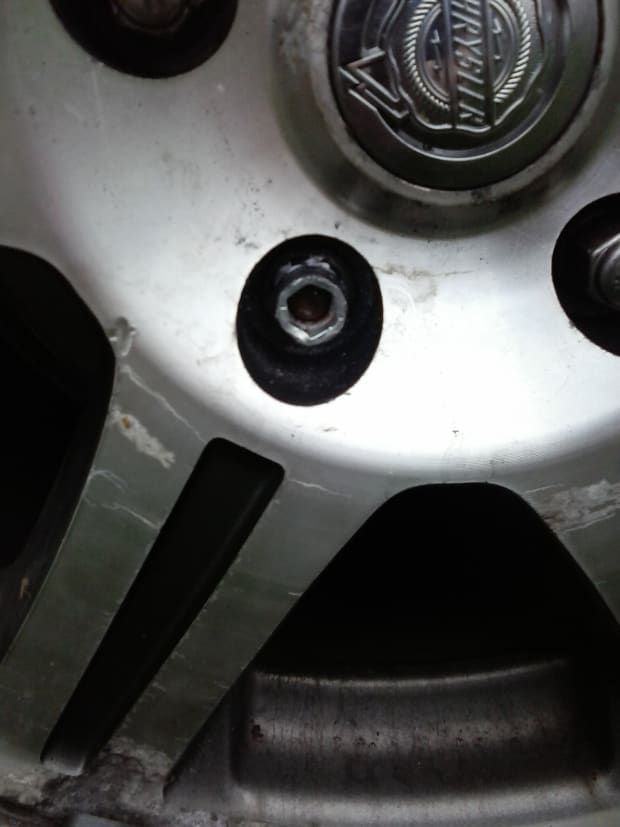
As a final word on lug nuts: No, they are not all the same. It’s important not only to make sure that you’re getting the right one but also that you torque it down to manufacturer specifications once you do. Then your wheels are ready for the road.
Check out all the lug nut and socket products available on NAPA Online or trust one of our 17,000 NAPA AutoCare locations for routine maintenance and repairs. For more information on the question of are all lug nuts the same size, chat with a knowledgeable expert at your local NAPA AUTO PARTS store.
Photos courtesy of Blair Lampe.
Categories
Know How
Tags
bolt, hardware, lug bolts, lug nut, lug nut remover, lug nuts, nut, rims, thread pitch, wheel stud, wheels
Blair Lampe is a New York-based professional mechanic, blogger, theater technician, and speechwriter. In her downtime she enjoys backpacking wherever her boots will carry her, rock climbing, experimental theatre, a crisp rosé , and showering love on her 2001 Sierra truck.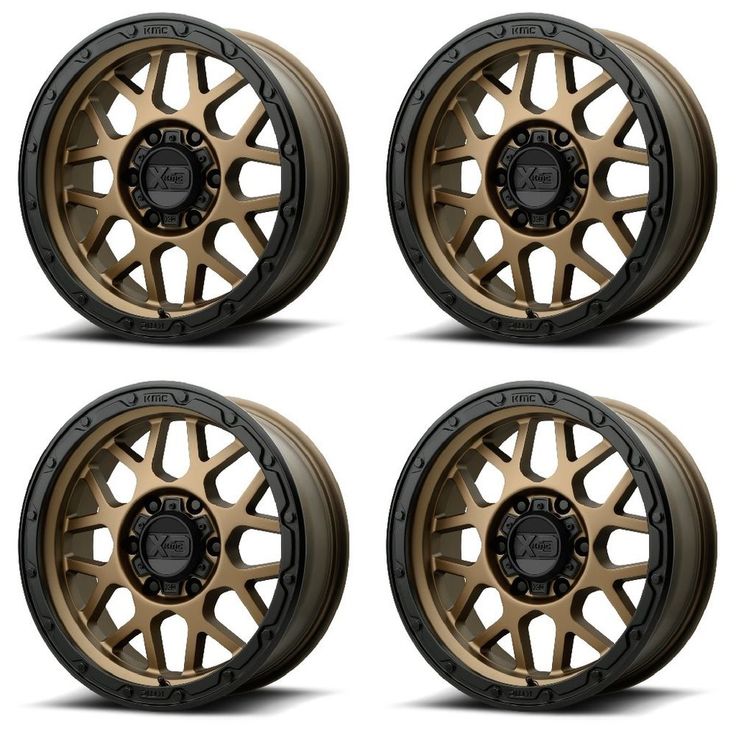
It’s easy to lose track of the bits and pieces that go into your vehicle – what they do, how to keep them maintained, what to watch out for and so on. Lug nuts sometimes slip beneath notice for drivers focusing on more central components. Understanding lug nuts is simple, though, and well worth keeping in mind to prevent issues with your wheels down the road.
What Are Lug Nuts?
A lug nut is a type of fastener where one end (the seat) is rounded or tapered, though the exact shape varies. Lug nuts fasten a wheel’s hub to threaded wheel studs on the vehicle’s axle, securing the wheel in place and centering it properly on the axle. The lug is placed onto the wheel stud atop the wheel, with the lug’s seat in contact with the hub.
Typically, lug nuts are made of chrome-plated steel – the chromium granting corrosion resistance – but titanium or anodized aluminum lug nuts exist for those who want lighter-weight parts, typically for racing cars.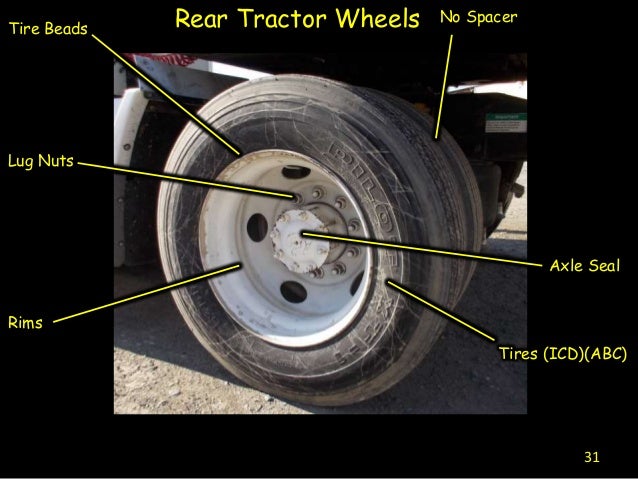 For most folks, chrome steel will do.
For most folks, chrome steel will do.
The particular size and model of lug nuts needed depends on the car model and the axle it uses. The correct lug nut seat depends on the wheel itself. Conical/tapered lug nuts are most common, but ball/radius and flat-seat lugs are also in common use. While aftermarket wheels are often designed to match OEM lugs for a vehicle, some require a new set to make a proper fit. Stripped or damaged lug nuts can make removing a wheel very difficult and should be replaced when needed. Many newer vehicles are equipped with a locking lug nut that requires a wheel lock tool to be used when removing lug nuts. In some cases, there may be one locking lug per wheel. The wheel lock key should be kept in a convenient place in your vehicle such as in the glove box or with other spare tire tools.
Installing and Tightening Lug Nuts
Certified auto technicians are ready and able to replace worn or damaged lug nuts, on their own or as part of tire maintenance, but it helps to understand the process if you need to do it yourself, so you can avoid damaging the threads or over-tightening the lug to the point where it can’t be removed again.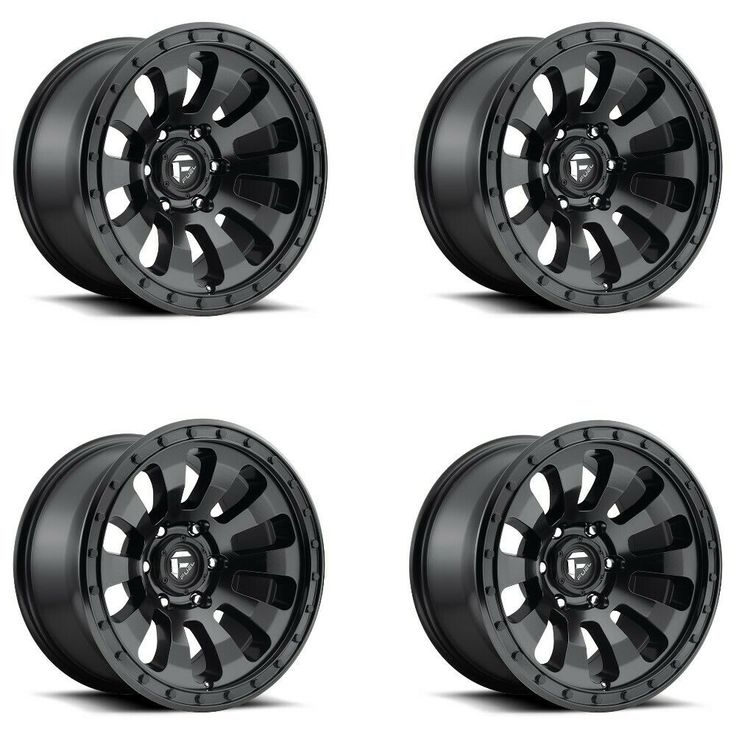
The main tools you’ll need are a socket wrench and a torque wrench. Some mechanics use impact wrenches – a power tool equivalent of a wrench – for speed and minimal effort, but inexperienced users could overdo it and damage the lug or wheel studs. You also should have a workshop manual on hand to consult for setting the torque wrench properly.
The nut should initially be placed by hand then tightened partially with a socket wrench, just enough to fit snug with the wheel. Following this, a properly calibrated torque wrench tightens each nut fully until the wrench clicks. A star or crisscross pattern is ideal to ensure evenly distributed stress. Lubricant is generally not needed, as the torque wrench will be able to handle the task if set properly. A steady hand and proper specifications will have your lug nuts installed or tightened in no time.
Correctly applying torque is critical to the proper installation of lugs without causing any damage. Torque wrenches can be calibrated to a fixed tightness measured by foot per pound, and the manual will tell you the right torque to use. For most modern vehicles, this is somewhere within 60 to 120 ft./lbs. Impact wrenches deliver intense torque far higher than vehicle specifications: up to 450 ft./lbs., without any easy way to mitigate or control it.
For most modern vehicles, this is somewhere within 60 to 120 ft./lbs. Impact wrenches deliver intense torque far higher than vehicle specifications: up to 450 ft./lbs., without any easy way to mitigate or control it.
What About Lug Bolts?
The term “lug bolts” comes up sometimes in discussing tire and wheel maintenance and may get confused with lug nuts or assumed to be a synonym. In truth, the two, while serving similar functions in fastening a wheel in place, are designed and used differently.
A lug bolt, as the name suggests, features a threaded length of a bolt extending from the lug’s seat. Though the exterior ‘cap’ looks much like a lug nut, this threading changes how a lug bolt is used. Vehicles designed for lug bolts lack wheel studs on the axle’s hub, as the lug bolt serves this purpose; the bolt is threaded through the wheel hub and into the axle. There are separate engineering considerations for each type of fastener, but most cars and wheels are designed mainly or solely for one or the other, so it is vital to understand that before purchasing parts or attempting installation.
Stud bolts, which are bolts with two threaded ends and no head, also exist for use as fasteners. Functionally, this acts as a wheel stud that is installed on its own then capped with a lug nut.
Matrix-Auto, a company specializing in the sales and supply of small automotive parts, offers to buy nuts wheeled. The importance of these parts lies in their reliable fastening, which allows you to maintain a safe rotation of the wheels while driving.
_____________________________________________________________
Purchasing wholesale wheel nuts, the price of which is currently the most favorable of all the proposed options, drivers provide themselves with guaranteed reliable and high-quality parts. The company has a wide range of small parts and auto parts for all brands of cars.
The company has a wide range of small parts and auto parts for all brands of cars.
Reliability of wheel rotation is dictated by any motorist
functionality of various parts. At the same time, buying wheel nuts , is an absolutely feasible task if you place an order in our company. Only we have the best wheel nuts from world manufacturers.
Buying wheel nuts the driver has the opportunity to choose them. The assortment of the company includes plain, galvanized, chrome-plated and locking nuts. Each type of secret nuts has a long service life (with proper care and maintenance), a quality certificate, and instructions for use are attached to each product.
In addition, wheel nuts are very popular today, therefore, when buying wheel locks, you should pay attention to this component. They multiply the safety of the wheel from theft.
Wheel nuts: The price is favorable
Without a doubt, any buyer is interested in the cost of goods.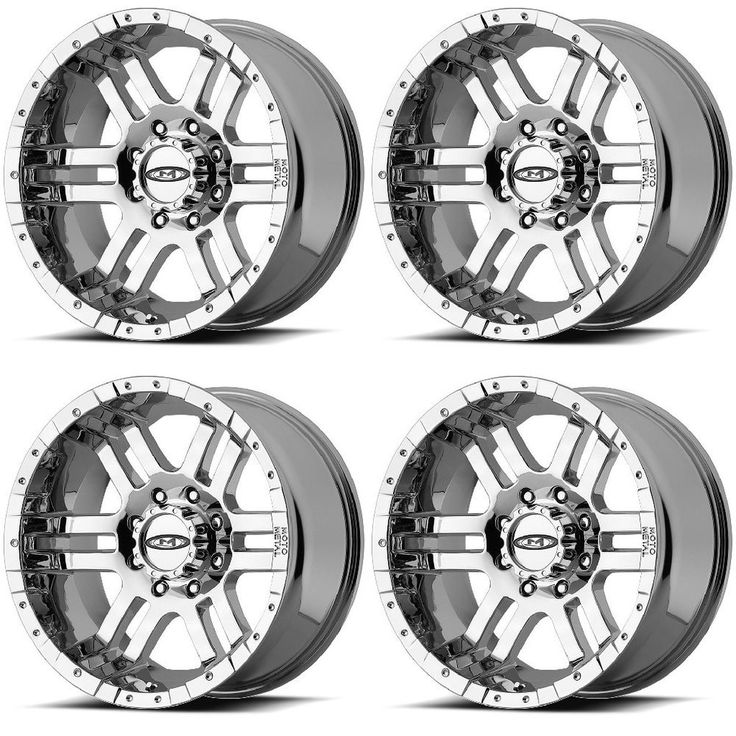 When purchasing wheel nuts, the price of for which is set by the manufacturer and depends on the configuration and dimensions, the customer must carefully clarify with the company manager about the types of nuts and the range.
When purchasing wheel nuts, the price of for which is set by the manufacturer and depends on the configuration and dimensions, the customer must carefully clarify with the company manager about the types of nuts and the range.
The company informs all interested parties that the price for wheel nuts is formed according to the following criteria:
The company will deliver any number of nuts to the region specified by the customer and as soon as possible.
The Matrix-Auto company guarantees that the prices for wheel nuts will pleasantly surprise customers. We have the most affordable prices and favorable payment terms. The company will ensure uninterrupted delivery of parts to all regions of the country or the CIS. For regular customers, we provide discounts, sometimes profitable promotions are held. Our company is always ready for mutually beneficial cooperation.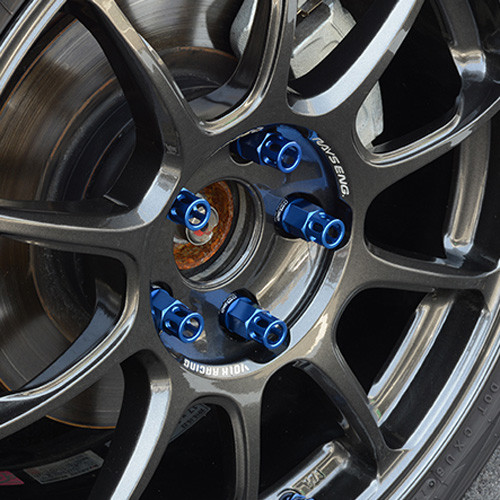
Why are small diameter wheels still used in Formula 1? What are the benefits of switching to low profile tyres? What parts does the wheel hub consist of, and how can you secure the wheel with a single nut? Marussia F1 technical consultant Pat Symonds answered these and other questions in the next issue of British F1 Racing...
Pat Symonds: "Thirteen-inch wheels and high-profile tires look a bit old-fashioned today, but the design was established back in the 1980s when teams started experimenting with larger diameter wheels, and the FIA decided to impose restrictions, considering such research Later, the teams themselves refused to make any adjustments, since this would require a revision of almost the entire design of the car.
On the one hand, the small diameter of the wheels complicates the work on the machine, on the other hand, it makes it easier in a number of aspects. With such a high sidewall, almost 50% of the damping effect is directly on the tires, which makes the suspension geometry not as important as it would be in the case of low profile tires, for which the extreme stiffness of the sidewalls requires a clear positioning of the tires on the track surface and, therefore, a more sophisticated design. suspension arms. Again, a larger wheel diameter would make it easier to place the brakes, and the teams would have the opportunity to use larger brakes with a longer resource - although in this case the FIA would have to first fix this possibility in the technical regulations.
With such a high sidewall, almost 50% of the damping effect is directly on the tires, which makes the suspension geometry not as important as it would be in the case of low profile tires, for which the extreme stiffness of the sidewalls requires a clear positioning of the tires on the track surface and, therefore, a more sophisticated design. suspension arms. Again, a larger wheel diameter would make it easier to place the brakes, and the teams would have the opportunity to use larger brakes with a longer resource - although in this case the FIA would have to first fix this possibility in the technical regulations.
What are the benefits of switching to larger wheels with low profile tires, you ask? Larger wheels would not only give the machines a more modern look, they would make it much easier for engineers to place wheel hubs there. In addition, this would seriously affect the principle of operation of the tires and the efficiency of their heating.
Racers often talk about getting their tires to the right temperature. You might think that we are talking about the thermal energy released in the process of rubbing the tire on the track surface. This is partly true, but in this case only the outer surface of the tire heats up. However, rubber is a fairly good conductor of heat, and it gradually spreads to the tire carcass, which must also be heated to the required temperature.
You might think that we are talking about the thermal energy released in the process of rubbing the tire on the track surface. This is partly true, but in this case only the outer surface of the tire heats up. However, rubber is a fairly good conductor of heat, and it gradually spreads to the tire carcass, which must also be heated to the required temperature.
But the warming up of the carcass itself is achieved to a greater extent due to tire deformation. Squash players know that in order to make the ball more pliable, it is necessary to hit it several times, thereby raising its temperature. It works similarly with tires: deformation occurs, firstly, due to the rolling of the wheel along the track, when the lower part of the tire forms the so-called contact patch; and secondly, due to the bending of the sidewalls of the tire during cornering. If the tires were low profile, they would deform much less and heat up less, which would require a completely different range of compounds - however, this is not so difficult to achieve.
Low profile tires are less pressure demanding. This is due to two factors: firstly, a more rigid frame needs less air support, and secondly, the air volume itself is smaller, and pressure does not change so significantly with temperature changes. Thus, low profile tires would be easier to use without any warm-up than the current high profile tires.
Let's move on from tires to wheel hubs. The hub consists of an axle and bearings inserted into a special housing. Regulations require that the hull be made of relatively common aluminum alloys capable of maintaining strength and rigidity at high temperatures.
In previous years, hub housings were first made of magnesium alloys, which, however, did not have the best rigidity, then steel, and even later, machined titanium and more expensive lithium-aluminum and other sophisticated alloys. The current restrictions on the use of such materials is one of the measures aimed at preventing the increase in costs in Formula 1.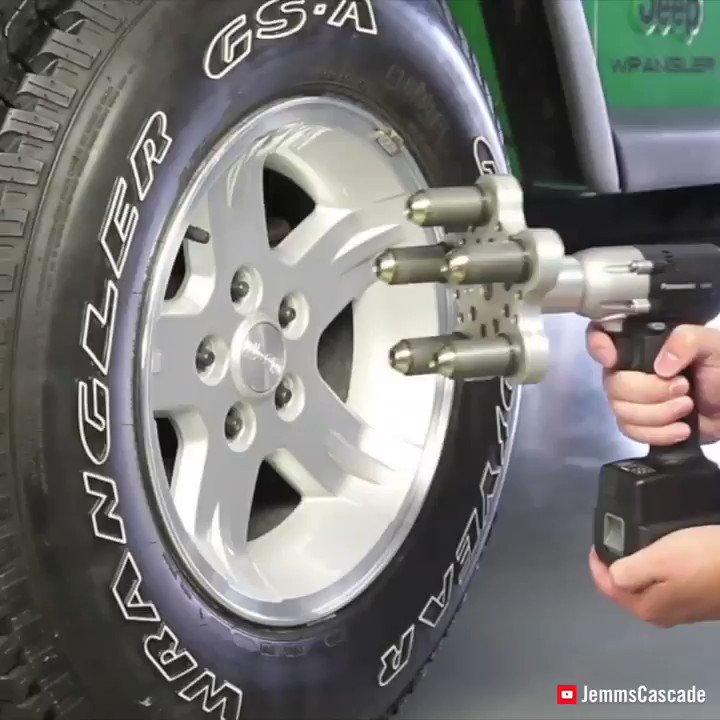
In the bearing-axle combination, the axle itself, made of titanium or high-strength alloy steel, rotates. A splined cone is fixed on the axle, to which a carbon brake disc is attached - through this cone, the braking force is transmitted to the axle. At the end of the axle there is a special thread onto which the wheel nut is screwed. The wheels are driven through special pins, which can either be attached to the axle and fit into special holes in the wheel, or vice versa - be attached to the wheel itself and fit into the holes in the axle.
The wheel mounting system is very sophisticated. When the pit stop is given a little more than two seconds, everything should work flawlessly, and the design should not allow even the slightest mistakes to be made. This means that the wheel must immediately sit on the axle, and the wheel nut must be tightened the first time. The latest trend is to fasten the nut directly to the wheel, since in this case it is more likely to be installed correctly and there is less risk of thread stripping.
The thread itself has a diameter of 75 mm and has been carefully machined for better retention. Modern wheel nuts are not hexagonal, but toothed: when fastened, these teeth are inserted into special grooves in the wrench.
Finally, the wheel mounting system has special devices to prevent the wheel from slipping off the axle if the nut is lost. As we have already seen, they do not always work as required.
Is it possible to say that the wheel is the only area of the car, the design of which is not determined by the requirements of aerodynamics? Not really. Along with stiffness, which remains a key design parameter, the issue of airflow management in this area remains extremely important. Wishbones, linkages and pushrods are positioned so that aerodynamicists have the opportunity to accommodate all those numerous openings that we often see on brake air ducts.
The flow inside the wheel is also important, since it affects not only the cooling of the mechanisms, but also the redistribution of heat. Sometimes it is required to use the hot air coming from the brakes to heat the rims and, as a result, the tires. Well, if the rubber, on the contrary, overheats, a stream of cold air can be supplied to the disks. In general, which way the flow moves through the wheel can have a significant effect on the aerodynamic efficiency of this entire area.
Sometimes it is required to use the hot air coming from the brakes to heat the rims and, as a result, the tires. Well, if the rubber, on the contrary, overheats, a stream of cold air can be supplied to the disks. In general, which way the flow moves through the wheel can have a significant effect on the aerodynamic efficiency of this entire area.
A few years ago, before the ban came into force, all cars were equipped with fixed hub caps, which allowed air to exit the wheel at the optimum location. Nowadays, such technologies are again relevant - in particular, Red Bull Racing and Williams have spent a lot of effort on optimizing the flow in this area.
It is often asked if Formula 1 uses the same wheel bearings as road cars. I answer - no. In road vehicles, bearings must comply with the parameters of mass models of axles and bushings. They are also required to pass up to 160 thousand kilometers without repair, and, moreover, their cost should be moderate. Formula 1 cars use larger diameter bearings to give the entire structure maximum rigidity.